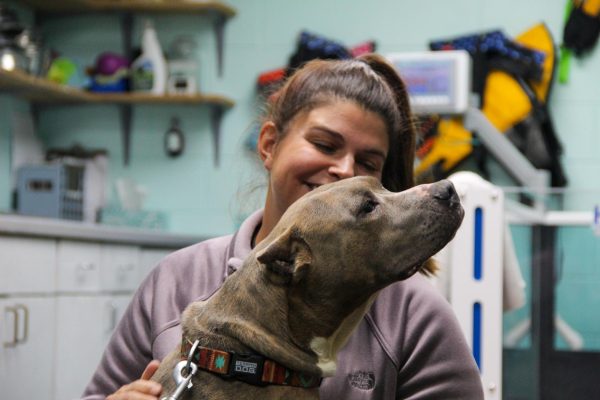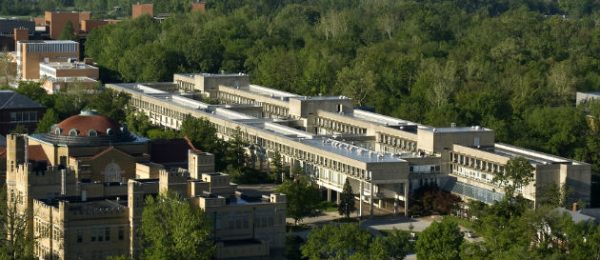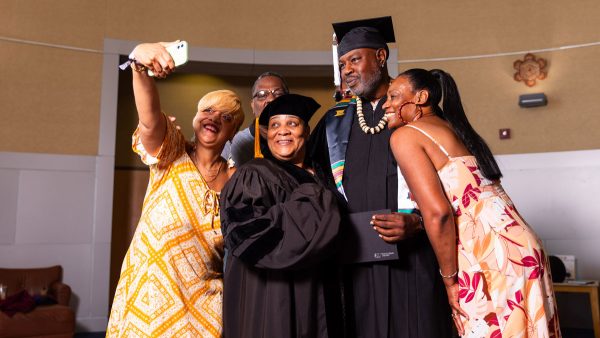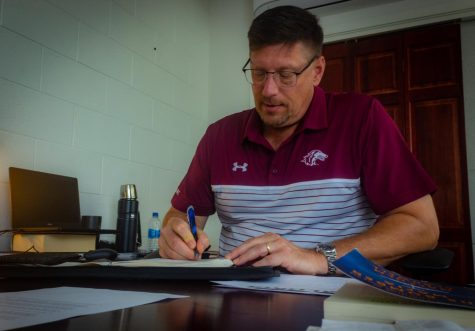Forgotten Bodies: Missing White Woman Syndrome
Gabrielle “Gabby” Petito, 22, was reported missing on Sept. 11 by her family in Suffolk County, N.Y., after a cross country trip with her fiancé 23-year-old, Brian Laundrie. The couple embarked on what was meant to be a four month long van life journey that was subsequently cut short by Petito’s disappearance in late August 2021. Petito’s body was discovered in Wyoming’s Bridger-Teton National Forest on Sept. 19. On Oct. 21 Laundrie, a prime suspect in Petito’s murder, was found dead in Myakkahatchee Creek Environmental Park in North Port Florida.
As an avid true crime consumer, I saw Petito’s name repeatedly disseminated across the most commonly consumed media outlets, Fox news, CNN, MSNBC, and in the most unusual places like social media video app TikTok.
The media seemed entranced by Petito’s case naming her “America’s daughter.” The national spotlight on this young girl left me wondering where this media spotlight is when those who don’t fit the bill of “the girl next door” go missing.
Advertisement
No one deserves to endure the pain and hardship that Petito endured at the time of her death. No family should have to endure the pain of her loss and the lingering questions they are left with.
However is the same compassion, urgency, and empathy extended to less attractive victims, people of color, older people, people with disabilities, LGBTQ+ , those at the lower end of the socioeconomic chart, or people with traditionally “taboo” jobs like sex workers.
The stories of Shannan Watts, a pregnant white woman from Colorado who was brutally murdered by her husband along with her two young daughters, or JonBenét Ramsey, a little girl who died mysteriously on the night after in her home in the late 90s, or Natalie Holloway, an 18 year old woman who went missing on her high school graduation trip to Aruba in the early 2000s, were covered extensively and seared into the public consciousness. How many of us know and can name the missing bodies of Black and Brown men and women in the United States?
“Missing Woman Syndrome” is a phenomenon in which incidents of missing, young, white women and girls, typically from middle to upper class backgrounds, receive widespread, national and international media attention for months, even years on end. The same level of coverage isn’t extended to those who do not fit within Eurocentric standards of beauty. This gap in attention creates a hierarchy among victims, unequal distribution of resources devoted to cases.
Addressing Missing White Woman Syndrome requires an intersectional approach. It involves all aspects of race, gender, age, social status and perceived attractiveness. All of these factors contribute to the complexities of this problem and gap in our coverage.
(White) Women We Love , a 2005 Washington Post article by Eugene Washington, detailed the damsel in distress trope.
“A damsel must be white. This requirement is non negotiable. It helps if her frame is of dimensions that breathless cable television reporters can credibly describe as “petite,” and it also helps if she’s the kind of woman who wouldn’t really mind being called “petite,” a woman with a good deal of princess in her personality,” Washington said. “She must be attractive — also nonnegotiable. Her economic status should be middle class or higher, but an exception can be made in the case of wartime.”
Advertisement*
This begs the important question of what bodies are worthy of protection and justice in our society. During the search for Gabby Petito and Brian Laundrie investigators found several bodies that were simply labeled as “not Gabby.” These bodies were not named by several news outlets.
A body of an unidentified homeless man was found in Mobile, Alabama as the police searched for Laundrie. Robert Lowery, a father from Texas, was found at Teton Pass in National Forest on September 8. The body of 33 year-old Josue Calderon was found in Watauga County, North Carolina on October 9. The body of 55 year-old Sara Bayard was found in Douglas County, Colorado on October 14. The bodies of newlyweds, Crystal Turner and Kylen Shulte were found dead at a campsite near Moab Utah.
All of these people did not fit the damsel in distress bill.
In 2016 attorney and sociologist Zach Sommers conducted an analysis to test the “Missing White Woman” phenomena. Sommers examined every story about missing persons from four main news outlets. He cross referenced missing persons coverage from these media outlets with the FBIs missing persons database and found that Black people and men are disproportionately less likely to receive media coverage in comparison to the rate at which they go missing. Sommers also found that white women and girls received coverage in almost half of the news articles examined.
The media’s role is not to interfere with or solve these cases but it is our job to make people care about the forgotten bodies.
As a journalist, reporting on missing persons cases is something of professional and moral responsibility. Coverage of these cases, and the attention news coverage generates, translates to money, police effort, inquiry among internet sleuths , search parties, information hotlines and more. The decisions of what and how things are reported is directly related with the racial, gender and funding structures of newsrooms. Newsrooms in the United States are disproportionately white, male, straight structured around for-profit advertising.
I examined this phenomena through a solution oriented approach. I recognize many of these problems exist in my own newsroom, where I am the only Black person in a position of leadership. We are responsible for determining what is newsworthy. In our editorial choices about missing persons cases, we must reflect the demographics of these cases with our coverage. This goal can be reached if we make an effort to infuse the newsroom with diverse identities, backgrounds, and outlooks.
The responsibility does not only lie on us as the disseminators of the news, but also on the consumer. Give your clicks, attention, and focus your online sleuthing on cases of missing persons from disproportionately underrepresented groups. If news corporations see the impact and increase of the interest in these missing persons cases, continued coverage will soon follow.
Public relations representatives of police departments should make the effort to provide and highlight a balanced representation of missing persons cases to news outlets.
I leave you all with an assignment. Look up 35-year-old Black mother of three, Tiffany Foster of Newnan, Ga. who went missing on March 1, 2021. Look into the case of 24 year-old geologist Daniel Robinson who went missing in Phoenix, Arizona on June 23 2021. Pay attention to the 710 names of Indigenous people who went missing in Wyoming from 2011 to 2021.
These people deserve a voice, their lives matter, their families deserve answers and they deserve to come home safely.
Gabby Petito’s case is a tragedy that rightfully rocked the nation. Her story was deserving of all of the news coverage it received that subsequently helped the police with the investigation of her disappearance. Still, victims who do not look like Petito deserve to be cast under the same spotlight, and to be met with the same urgency. They are not just forgotten bodies, they are someone.
Editor in Chief Oreoluwa Ojewuyi can be reached at [email protected]. To stay up to date with all your Southern Illinois news follow the Daily Egyptian on Facebook and Twitter.
Advertisement













